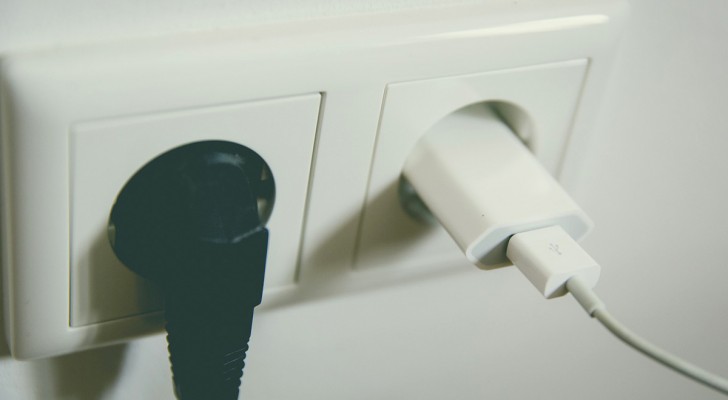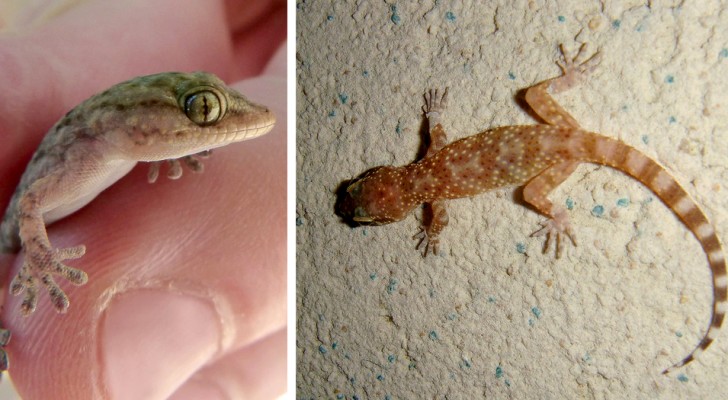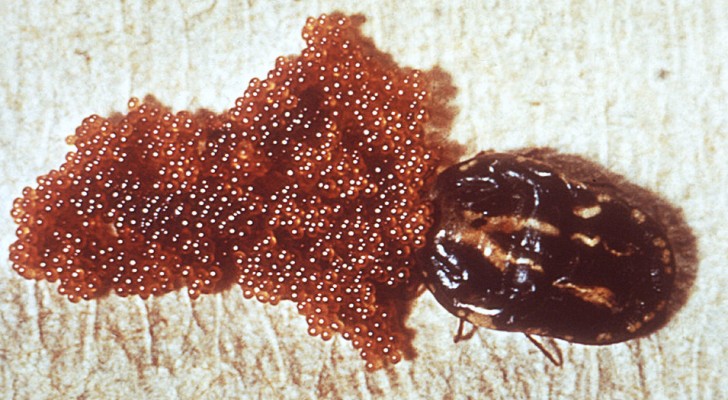What to AVOID doing when you get stung by a bee or a wasp

Wasps and bees, although they generally do not present serious health risks, can, however, make us experience moments of pain that we would gladly do without.
Avoiding coming into contact with them is not entirely possible, and it is good, therefore, to have the right information to react effectively in case of getting stung.
This information can help us to avoid making the situation worse and prolonging those moments of physical suffering.
Wasps and bees --- know them to avoid them!
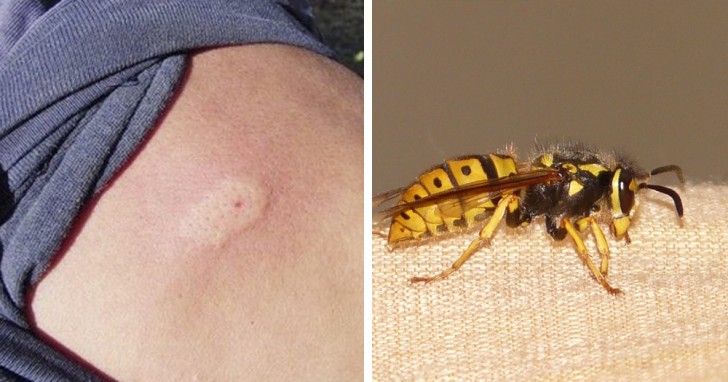
Bees and wasps look similar, but have some distinctive features.
- Wasps have a pedunculated and tapered abdomen and a hairless body with black and yellow stripes. They have a smooth and straight stinger, which allows them to sting repeatedly, and being more aggressive, they can and will repeatedly attack.
- Be bees have long legs and three yellow rings on the hairy body. Their stinger is in the shape of a hook, and they immediately lose it after they sting. Therefore, they only attack if they feel threatened or if the beehive is in danger.
Both wasps and bees inject a poison that can cause more or less serious allergic reactions, depending on the sensitivity of each person.
Usually the sting of both insects does not cause any other than a local inflammation of the rather painful area; however, in some patients, an anaphylactic shock may occur. The symptoms of which are difficulty in breathing, hives, sneezing, dizziness and lowering of blood pressure, and in these cases, it is necessary to go to a doctor or to a hospital emergency room.
What to do in case of a bee or wasp sting
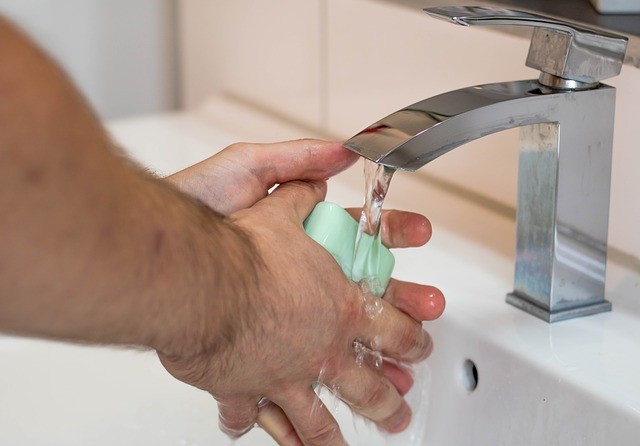
1. Remove the stinger. If you have been stung by a bee, it is good to first try to remove the stinger to prevent the poison from spreading further. You can use sterilized tweezers, the important thing is not to apply pressure on the area that has been stung. If you cannot remove the stinger, contact a doctor.
2. The second step is to wash the area that has been stung well with soap and water to avoid infections. Neutral soap is recommended!
3. Ease the pain. The best thing to do is to apply ice to soothe the pain and help to reduce inflammation in the area by wrapping ice cubes in a towel or just applying the ice cubes directly to the skin. Some doctors then advise rubbing baking soda on the area with a cotton ball to neutralize the effect of the poison.
4. You can also resort to antihistamine or anti-inflammatory medication if the pain persists. In any case, it is always better to hear the opinion of a doctor first.
Take the right precautions.
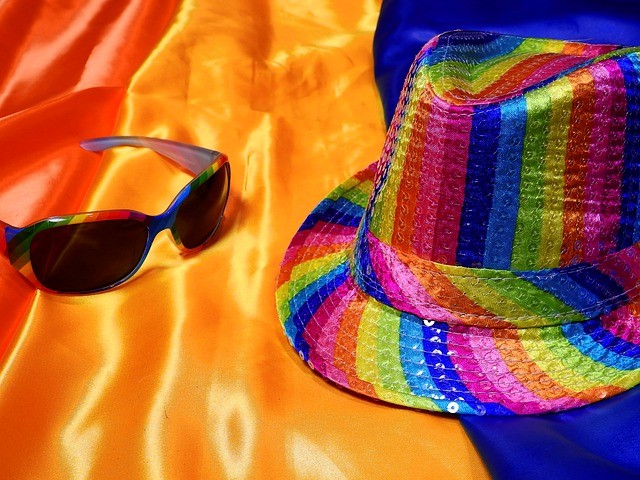
Prevention is better than cure; so, if you can, avoid wearing bright-colored clothes and strong perfumes. Both, in fact, attract bees. Also do not leave food and waste in the open because they can attract wasps, which are omnivorous, unlike bees.
Also, avoid walking barefoot in the countryside and sticking your fingers in any hole, because they could hide wasp nests.
